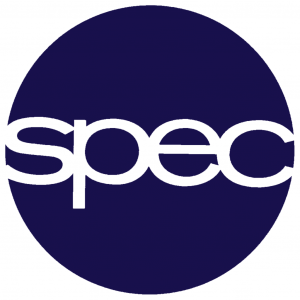There is a great technological interest in the controlled preparation of nanopatterned metal- or semiconductor substrates as potential templates for the growth of periodic nanostructures. Many different approaches to pattern surfaces have been described in the literature. One way takes exclusively advantage of surface structures, surface reconstructions or re-organisations of vicinal surfaces which are induced through intrinsic properties of the material. These naturally structured substrates are subsequently used to control the growth of adsorbates on the entire surface. The formation of regular arrays of nanofeatures, like dots, wires or stripes has been observed on so-prepared substrates. In this bottom-up approach, substrates can be nanopatterned on a large scale (cm²) through a one-step deposition. For potential technological applications, it appears necessary to fabricate well defined features on the nanoscale and to identify precisely the location and registry between the different structures. This will help to facilitate macroscopic measurement of processes on the nanometer scale, e.g. in nanosensors field, electrical connections or read-write processes for data storage. The fabrication of self-organized arrays of nanostructures, using intrinsic properties of surfaces, is a way to address this question. This will be illustrated through the presentation of two examples, where Si(111) and Ag(110) surfaces are nanostructured in complementary ways. Vicinal Si(111), re-arranged into a regular array of step bunches, is used as a template for the controlled growth of gold-rich gold-silicide nanodots. Under suitable growth conditions, these nanodots can be aligned along the step-bunches. In contrast to the nanodots, a silicon-rich gold-silicide is formed on the terraces. Concerning the Ag(110) substrate, the deposition of silicon onto this anisotropic surface at 200 °C leads to the self-organization of a highly perfect nanowire array with a pitch of 2 nm, covering uniformly the entire surface. The use of these patterned substrates to fabricate specific nanostructure arrangements is of great interest for both fundamental studies and possible applications in, for example, high-density magnetic data storage. Silicon substrates are frequently studied as silicon is one of the basis materials of the electronic industry. One of the challenges is to overcome the systematic formation of non-magnetic silicides observed at the metal-silicon interfaces. We present here a study concerning the formation of periodic arrays of nanostructures on silicon substrates where magnetic Co nanodots have been formed after local passivation of the surface under gold deposition. We also present results where the Si nanowire array on Ag(110) is used to fabricate in the long term a magnetic one-dimensional grating.
CINaM – UPR CNRS 3118




